Bridging the gap: The struggle to modernise teacher training in Bangladesh
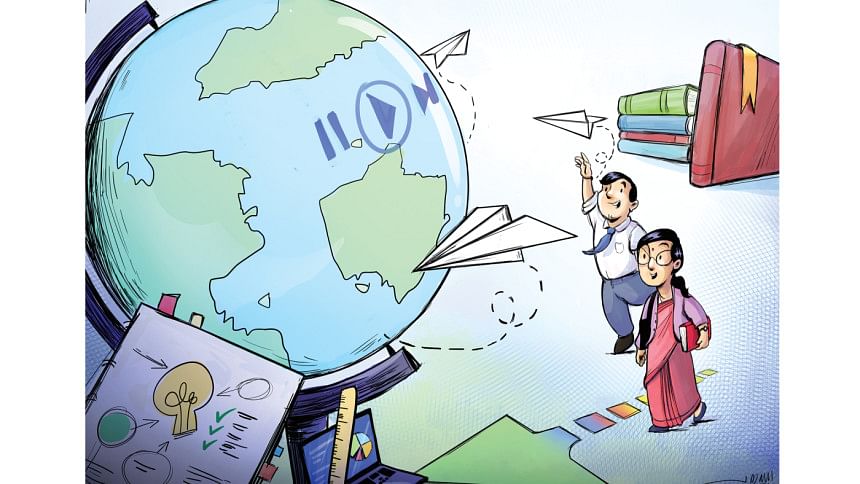
In the digital age, educational technology (edtech) is revolutionising teacher training worldwide. Countries like Finland, Singapore, and India have embraced edtech to significantly enhance teacher development. For instance, Finland's ThingLink platform creates immersive simulations that allow educators to practice classroom scenarios and refine their pedagogical skills. India's "SWAYAM" platform provides free online courses focused on pedagogy and Information and Communication Technology (ICT) skills, empowering teachers to improve their methods. Meanwhile, Singapore integrates AI-driven learning tools to deliver personalised feedback, enabling teachers to better meet students' needs. However, Bangladesh lags behind in adopting such innovative approaches to teacher training.
Bangladesh's teacher training system is evolving, but it remains rooted in traditional methods. According to Bangladesh Bureau of Educational Information and Statistics (BANBEIS), the number of teacher training institutes has grown from 129 in 2000 to 209 in 2022, spread across the country's eight divisions. Despite this growth, the training curriculum itself has largely remained unchanged for decades.
Sayeda Rumina Masud, a teacher at Dinajpur Primary Model School explained, "Teacher training is done after getting the job and it takes one and a half years to complete. There is no pre-service pedagogical training. It follows the same traditional methods that it did 15 years ago."
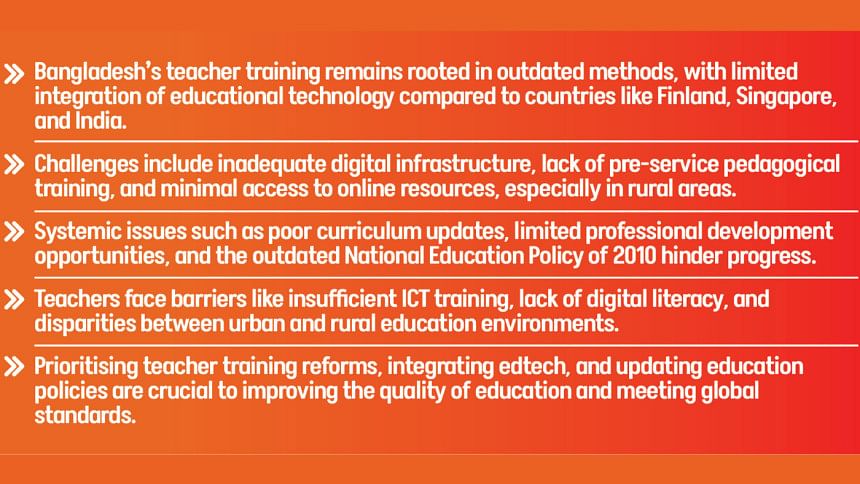
"While the content is created online, most sessions rely on conventional lectures and books," she added.
Globally, tools like learning management systems, artificial intelligence and virtual reality are transforming teacher training. In Bangladesh, initiatives like Muktopaath and a2i's digital content repository provide some online resources. Muktopaath offers online courses for teachers on pedagogy and classroom management. Teachers also have access to interactive multimedia tools, video tutorials, and self-paced courses. However, when asked about the prospects of using digital tools, Sayeda Rumina shared, "Currently, no online tools are used for teacher training. While it might be possible in the future, I am sceptical given the current pace of progress. We do engage in curriculum development online, but that is all."
Despite the increase in training centres, many rural teachers face challenges. Indrojit Biswas, a former secondary school teacher from Jessore noted, "Teacher training is provided properly, but it is not implemented at the school level. Teachers attend training for monetary benefits, not for genuine enhancement of skills."
He also pointed out, "Subjects like ICT are taught in a mixed method within teacher training institutes. However, the overall teacher training process still largely relies on traditional in-person teaching methods."
Virtual simulations and augmented reality, used in countries like Finland, are yet to gain traction in Bangladesh. While platforms like Google Classroom and Zoom were utilised during the pandemic, rural areas at the grassroots levels continue to face challenges due to limited internet access and digital literacy.
Tumpa Rokho, a teacher at Rajshahi Mission Girls High School, emphasised these disparities saying, "Teacher training has yet to embrace digital methods. Occasionally, we use basic tools like Microsoft PowerPoint to create slides, but teaching is still predominantly done with books and whiteboards in schools." She acknowledged having internet access due to her location in the city but expressed concerns about rural schools. "Teachers in rural areas might not have the same access to the internet. If edtech is introduced for teacher training, there could be significant challenges in its implementation," she added. Currently, she does not use any other digital tools in her teaching practice.
Rumina further highlighted the decentralised structure of teacher training, "One noteworthy aspect is that teacher training is not centralised to Dhaka, as there are teacher training institutions available in different parts of the country.
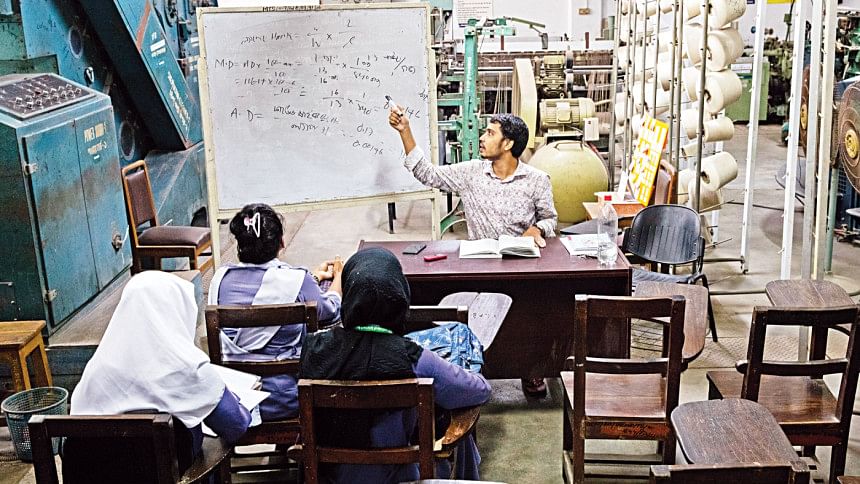
The Upazila Resource Centres in every city are where teachers can get subject-wise training, and even training related to changes in the curriculum."
However, she also emphasised the need for systemic reforms for integrating technology into teacher training. "Teacher training is given in person through the training institutes. There needs to be changes in the whole process of teacher training. It needs to be restructured."
Suman Chakma, a teacher at Gulshan Model High School, shared his perspective on integrating technology into teacher training. "I received training at a training institute in Dhaka, where we used a computer lab to learn how to teach ICT-related subjects. However, regular online training sessions are not part of the process, which limits the scope of digital integration in teacher training," he explained.
Suman highlighted the proactive steps he has taken for professional growth saying, "For my professional development and curriculum design, I sometimes rely on platforms like Coursera and EdX to gain advanced skills and stay up to date with global educational practices. These platforms provide valuable resources that help me improve my teaching methods and adapt to the evolving needs of students."
He believes there is untapped potential in edtech, "There is enormous potential to improve teacher training methods and develop edtech platforms that can make the training process more accessible, effective, and aligned with modern educational requirements. By integrating technology into teacher training, we can ensure that educators are better equipped to handle the challenges of today's classrooms."
The primary challenge in adopting edtech for teacher training in Bangladesh is the apparent disparity in infrastructure and digital literacy. While urban teachers increasingly embrace digital tools, rural educators lag due to inadequate internet facilities and a lack of familiarity with edtech.
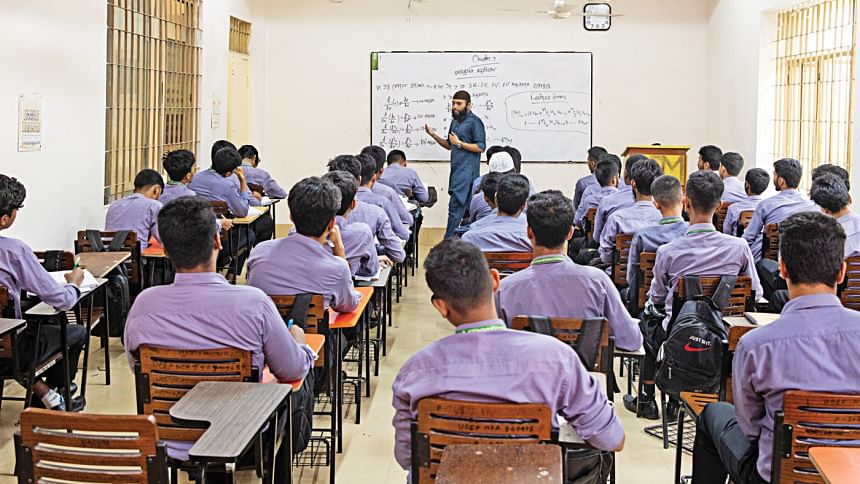
The outdated National Education Policy of 2010 contributes significantly to the current shortcomings in Bangladesh's education system. Firstly, the policy failed to place adequate emphasis on the quality of teacher training, which is essential for ensuring effective teaching and learning. Additionally, the policy offered insufficient focus on inclusive education, failing to address the diverse needs of students from various backgrounds. There is also a notable lack of a clear strategy for integrating technology into classrooms or teacher training, which limits the potential for modernising education.
The limited opportunities provided to teachers for professional development at the higher secondary level, exacerbated by the scarcity of specialised teacher training colleges, have left educators underprepared to teach students effectively. To address these issues, it is crucial to focus on updating the education policy to prioritise both teacher training and the integration of technology, ensuring that teachers are equipped with the necessary skills and resources to deliver quality education in the digital age.
The government, with the support of various organisations, is actively working towards establishing educational reforms and updating policies to address current challenges. Numerous edtech startups like 10 Minute School and Shikho are leveraging technology to enhance education and close the digital divide. However, one area that remains largely overlooked is teacher training. While there is considerable potential for improvement, teacher training has not received the attention it deserves in these reform efforts. It is time that teacher training is prioritised and integrated into the broader educational reform agenda, ensuring that educators are adequately equipped to meet the evolving demands of the classroom.
As Bangladesh works on various reforms to drive progress, investing in educational reforms, especially in teacher training, should be of the highest priority. The quality of education is deeply tied to the quality of teachers. Without a highly skilled and well-trained teaching workforce, the standard of education will stagnate. Achieving the fourth Sustainable Development Goal (SDG), which aims to ensure inclusive and equitable quality education and promote lifelong learning opportunities for all, cannot be realised without equipping teachers with the necessary tools, knowledge, and pedagogical skills.
Allin Mohana Biswas is a contributor for The Daily Star.

 For all latest news, follow The Daily Star's Google News channel.
For all latest news, follow The Daily Star's Google News channel. 


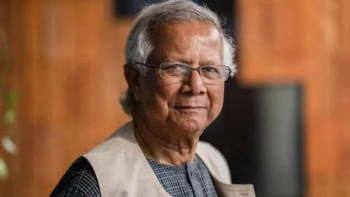
Comments